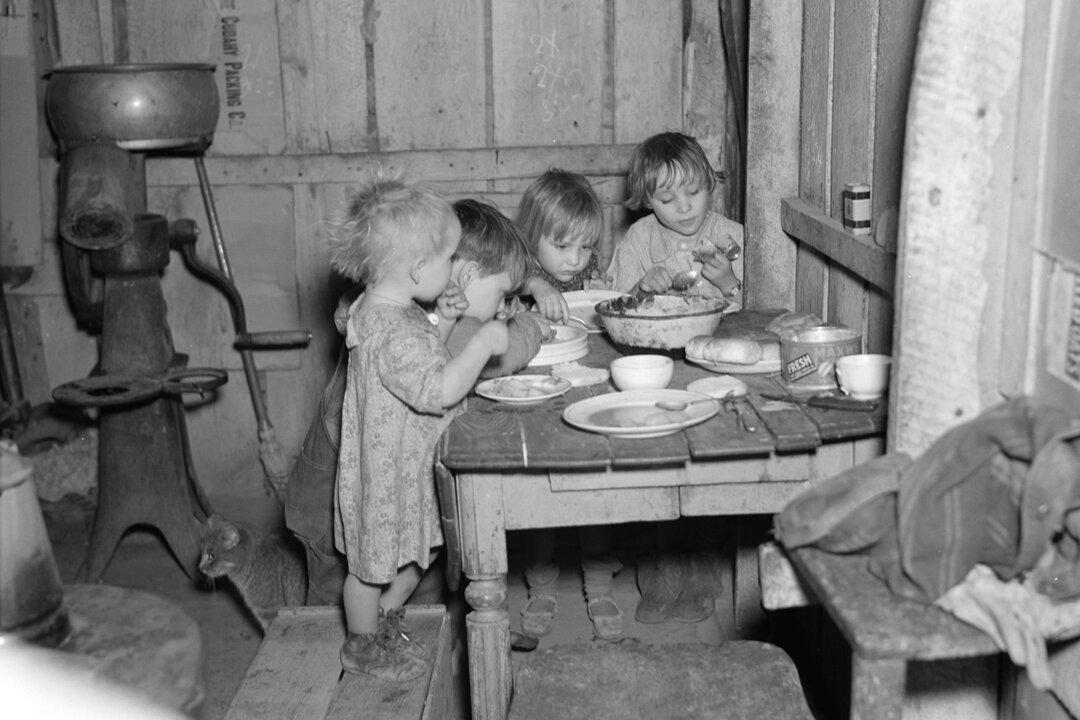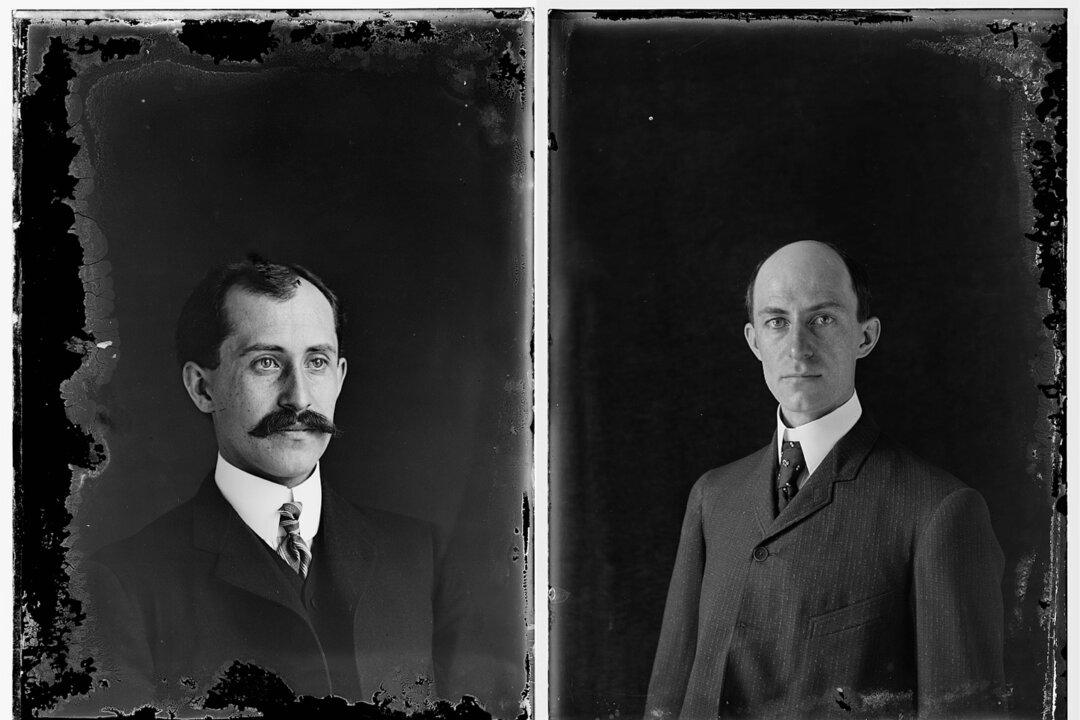Mentors come in many shapes, sizes, and guises.
That high school football coach who pushed you through two-a-day pre-season practices in August, shouting, cajoling, and commanding until you and your buddies were puddles of perspiration, taught you toughness and perseverance. That college professor whose inexhaustible pen left a river of red ink on your essays brought you to tears in your dorm room at night, but made a writer of you. That boss in accounting who checked and rechecked your work made you miserable for months, but set you off on a successful career path.
Those of us lucky enough to have encountered such men and women often pause to remember them and count ourselves blessed.
Then there are the mentors who don’t have a coach’s whistle dangling from their throats or who exude the faint aroma of coffee and cigars. No—these mentors usually come wrapped as a surprise and printed on a page, speaking to us heart-to-heart on the living room sofa or in bed before we fall asleep, igniting our imaginations with words of lightning, and inspiring us in ways we never envisioned.

The Bumpkin and His Books

Many of his contemporaries, North and South, and even some who knew him as president, often considered Lincoln an uneducated dolt, a country rube who lacked a basic understanding of English grammar and syntax.
They misjudged Old Abe. Because of his speeches and correspondence, which he wrote himself, Abraham Lincoln is regarded today as one of the great American writers of nonfiction prose.
Writers

Like Lincoln, many authors have turned to books by others as their mentors. A number of American writers, for example, fell under the spell of Thomas Wolfe and his first two novels, “Look Homeward, Angel” and “Of Time and the River,” in part because of their vivid descriptions, in part because the protagonist himself wanted to become a writer.
In “The Book That Changed My Life: 71 Remarkable Writers Celebrate the Books That Matter Most to Them,” editors Roxanne Coady and Joy Johannessen collect stories from authors about literary works that turned their worlds upside down.
Da Chen, author of “Colors of the Mountain,” grew up poor in China during the 1970s and recounts reading “The Count of Monte Cristo” and the magic it played in his life. He rented the book from a library housed in a shack in his village, which was soon burned to the ground by communist officials.
Children’s author Graeme Base, best known perhaps for “Animalia,” describes reading “The Lord of the Rings” when he was 13 and crying when he finished the book: “I wanted it to go on and on …because I had been utterly captivated by the romance, the fantasy, the sheer epic enormity of the thing.” For the first time, he realized that a book could “sweep you away.”
Guides for Improvement

Though we don’t often classify self-help books as belonging to the category of classical literature, many of these have acted as wise mentors to those in difficult situations. Books about sleep and diet, exercise guides, even manuals on beautifying the home—these and other such works can steer readers in an entirely new direction as they seek to better their lives.
A good many years ago, for example, a customer in my bookshop raved about Sarah Ban Breathnach’s “Simple Abundance: A Daybook of Comfort and Joy,” claiming that Breathnach’s advice had changed her entire life.
Just a couple of years ago, in a coffee shop here in town, a 20-something woman told me of the impact on her by Jordan Peterson’s “12 Rules for Life: An Antidote to Chaos.” Though Peterson’s followers are majority male, this woman, who had felt at loose ends in her career path and home life, told me that Peterson had given her a path she could follow and that she intended to do so.
A Multitude of Mentors
Like Tomie dePaola, when I look at the books that have influenced me—and many books do so, even if it’s just a gentle nudge in a certain direction—I have difficulty selecting just one as all-important. From the “Childhood of Famous Americans” I read when I was a kid to the first two paragraphs of Scott Peck’s “The Road Less Traveled,” from the insights about love and death I acquired from Mark Helprin’s “A Soldier of the Great War” to the Bible stories I learned in Sunday school some six decades ago, these and many other books have helped shape me just as surely as did my teachers and coaches in my youth.One final note: Whatever books have guided us to improve ourselves, whatever others may think of them, we must never be ashamed of our paper-and-ink mentors. If some bestseller by Nicholas Sparks inspired you to shift directions, proudly proclaim it as your own.

That was 30 years ago, or more, and I’m now loose in the joints and very shabby, and I’d probably still come close to tears reading that passage aloud. But that lesson on aging and becoming real deepened my knowledge of love.
Read, listen, learn. And if a book changes your heart for the better, or fires up your imagination regarding the future, you’ve found another mentor.






